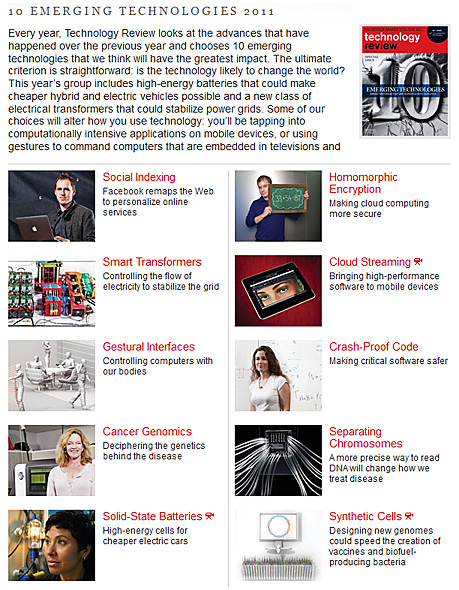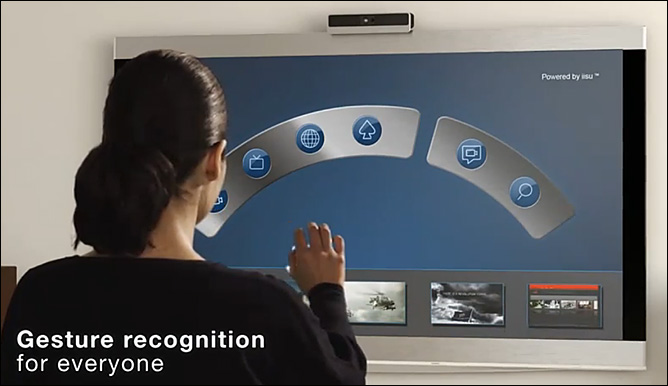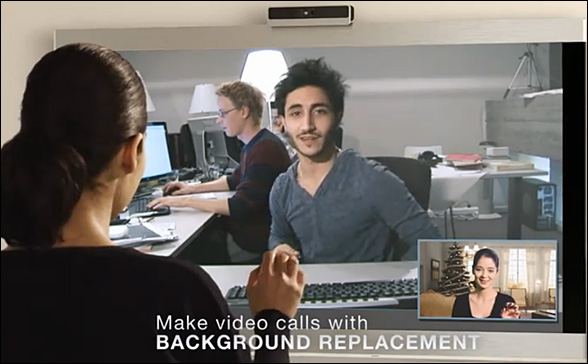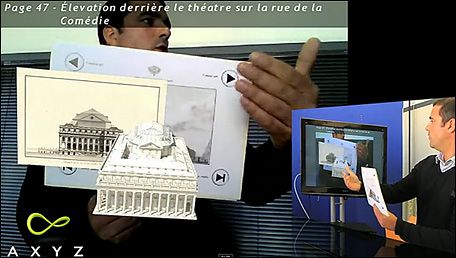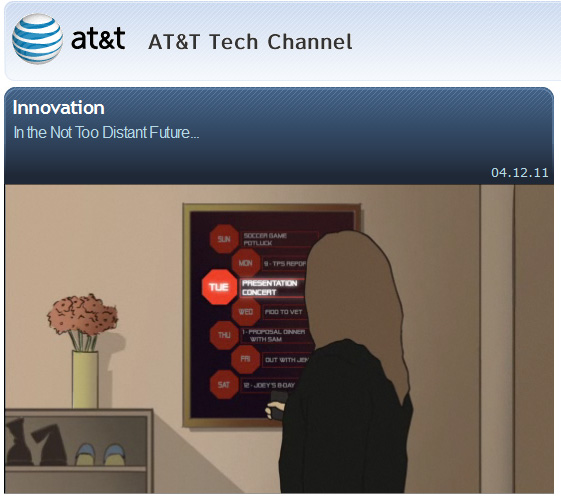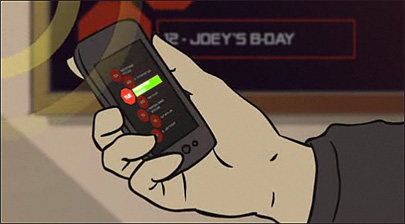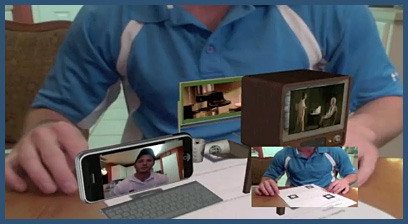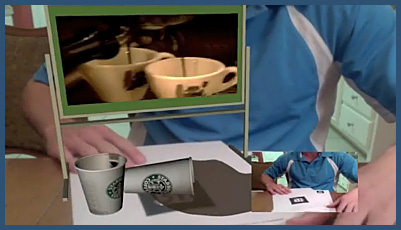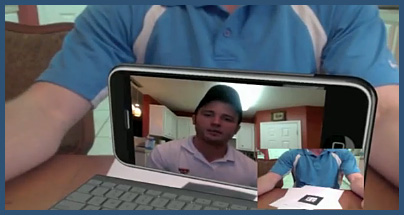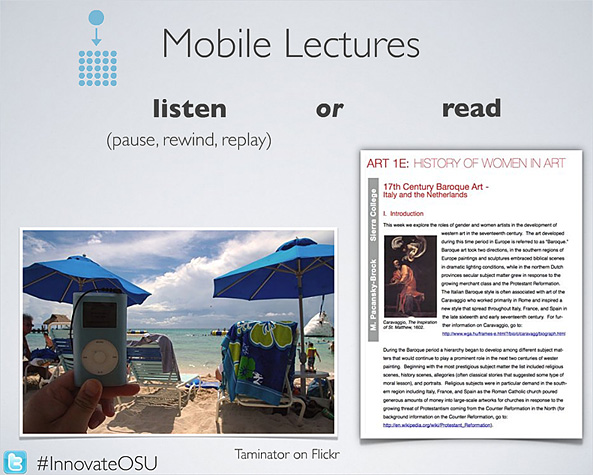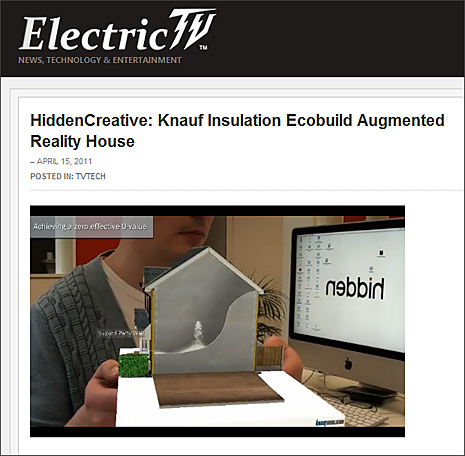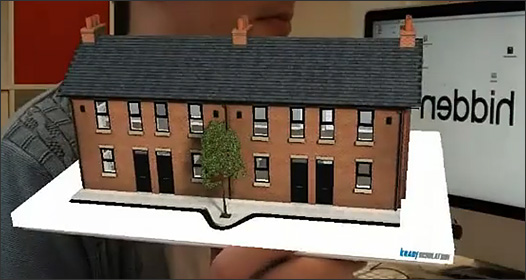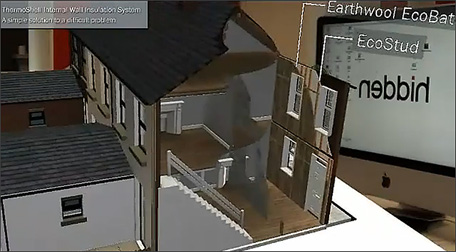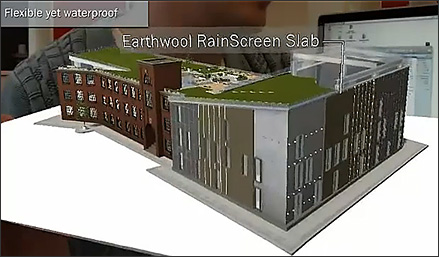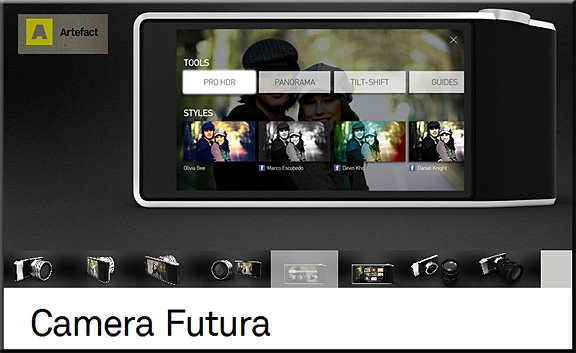Augmented reality on the ipad2: Top 5 uses and apps — from hiddenltd.com
1. Connecting Online and Offline Retail.
2. Rich Media Advertising – Everywhere.
3. Bridging the gap between print and online
4. Immersive gaming
5. Navigation & Tourism
…and some other intriguing concepts.
Also see:
The Hyperbook by Mollat editions: When 18th century meets 21th — from Total Immersion and Axyz
Also see:
- Augmented reality goes beyond gimmicks for business — by Sharif Sakr Technology of business reporter, BBC News
New Augmented Reality Tools: Play Videos on Your Worksheets — from K12 Mobile Learning blog by Johnny Kissko
Also see:
Integration of Pedagogy and Technology in Teacher Education: An Interview with Emily Hixon — from etcjournal.com by Lynn Zimmerman
Excerpt:
What is the nature of the course you are planning?
The new course being developed, Educational Technology for Teaching & Learning, will explore classroom applications of educational technology in K-12 settings and address strategies for effectively integrating technology into the teaching and learning process. Students will learn about technology-based instructional resources and the pedagogical processes they can facilitate.
What is the goal of this course?
Given the increasingly important role technology is playing in our society and the educational process, this new course is being created to allow preservice teachers to experience technology integration in a more meaningful way. It will replace a previously offered educational technology course that students were required to take very early in their program of study. By offering the course later in their program and in conjunction with a field experience, students will be able to learn about technology integration in an authentic context. This course will focus more on pedagogical aspects of effective technology integration, which was difficult to do previously because of the novice level of the students early in their program.
— Originally from GETideas.org by Jes Kelly
What a wall of 4,500 video streams looks like — from ComputerWorld.com by Lucas Mearian
Excerpt:
At last week’s SNW in Santa Clara, SSD-maker Fusion-io set up a video wall showing an digital tapestry made up by 4,500 video streams all being run through a single NAND flash card. The card is capable of over 1 million transactions per second or six gigabytes of throughput per second.
While Fusion-io has touted this video wall at the past couple of SNWs to show off its ioDrive Octal card, which packs up to 5.12TB of capacity into a single PCI Express device, the display just never gets old. So this time, I took time to shoot a four-minute video of it.
- UX Evolutions: The Future of the Camera — from ReadWriteWeb.com
- Wireless Viewfinder Interchangeable Lens (WVIL) — from artefactgroup.com









